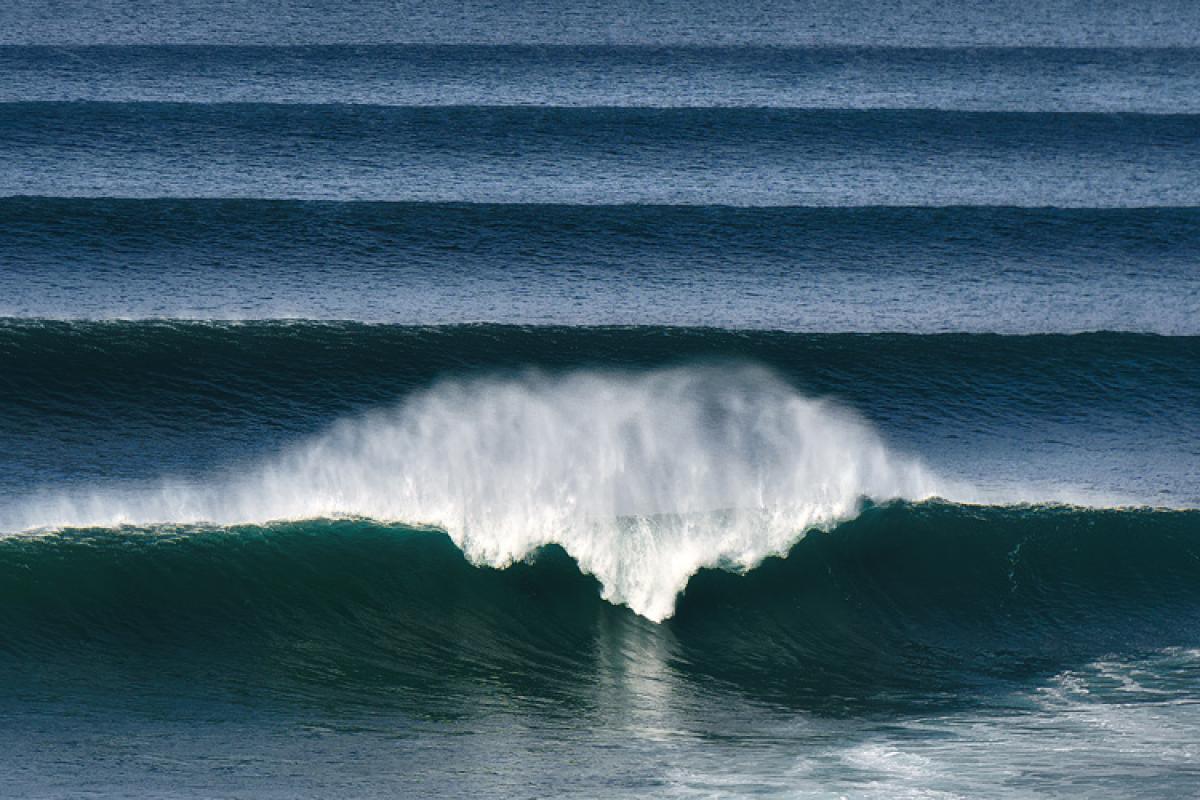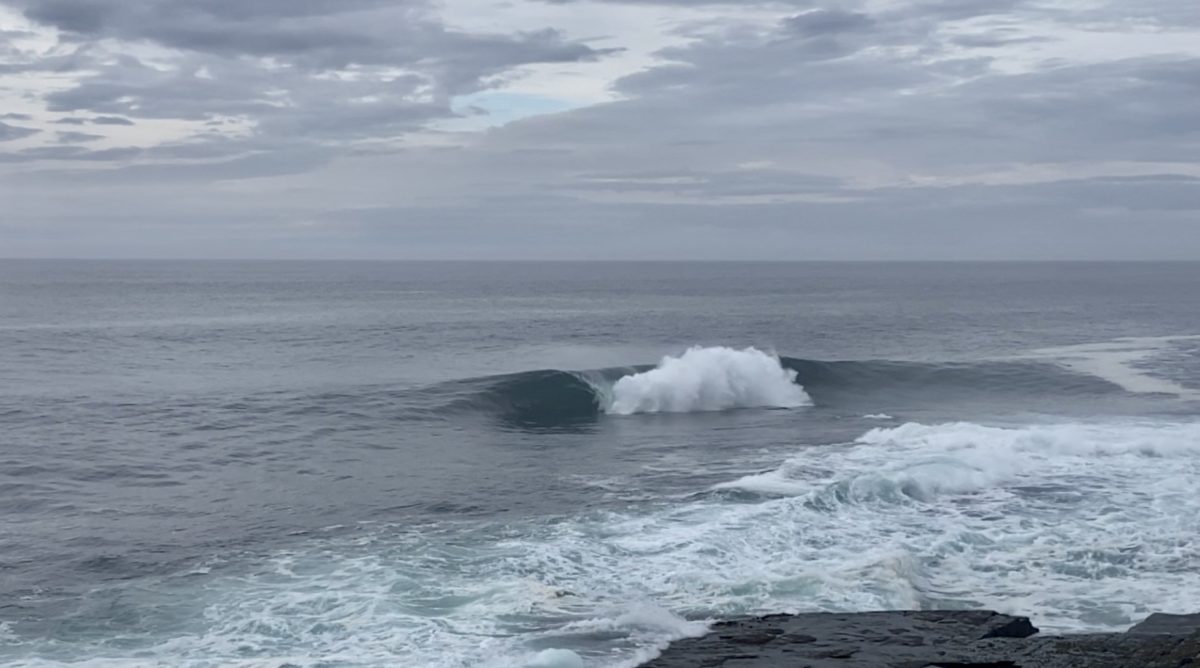How to read a surf forecast

Being able to read a surf forecast means you will never leave your surfing conditions to chance. You will gain a deeper understanding of the elements and learn what conditions suit you best to forecast against.
My advice is to spend time using daily reports and see how they cross over to conditions at local beaches. Over time this will allow you to use the forecasts to assess upcoming conditions. You might wonder why I suggest this.
The forecast says it’s going to be 3-4 foot, and offshore. It’s going to be 3-4 foot and offshore, right?
You’re going to have to trust me. I’ve committed endless hours driving to secluded surf spots, only to find conditions that don’t match the forecast. We need to consider a few relevant factors before studying how the forecast translate to your local breaks.
Swell Height is Not Necessarily Wave Height
First of all for any beginners; this is what swell is. Swell waves often have a relatively long wave length.

Oceanic buoys provide the raw swell data from many kilometres out to sea. The movement reported between the peak and trough gives an accurate prediction of coastal swell conditions in the coming hours.
Unfortunately, the size of the ocean swell does not necessarily accurately represent the size of breaking waves at the beach. Factors such as coastal topography, wave decay and other scenarios can play a role. It is worth monitoring the size of the waves you actually ride compared to the reported swell.
Most forecasts now have wave size and swell size. However, these are based on algorithms, and nothing is as accurate as getting in the water and witnessing just how the swell reacts at your local break.
Wave Period
This is something that can often confuse surfers who are new to forecasting sites. Wave period is simply the amount of time in seconds between one wave and the next. I could write a whole article on the principles of wave period, but the essential factors are these:
Short Wave Period
- The shorter the wave period, typically under 10 seconds, the more likely the waves have been generated by short-range “wind swell” (2-300 miles off the coastline). These swells result in weak, smaller waves, which make for poor to average surfing conditions. It often catches surfers out when they arrive at the beach. Having seen a 2-meter swell forecasted, only to be met with gutless 2-3 foot waves due to the 6 second wave period.
Long Wave Period
- The longer the period, typically above 10 seconds but ideally above 12 seconds, the more likely the waves have been generated by long-range “groundswell ” (up to several thousand miles off the coastline). These are the swells that we live for as surfers, with lined up sets of waves breaking powerfully on our beloved beaches, reefs, and points. Often, at certain surf breaks, a high wave period of 14-20 seconds results in actual wave size significantly higher than the swell height, simply because of how the powerful, open ocean swell interacts with the reef or sandbanks.

Swell Direction
Most forecasts have a simple arrow that represents the direction a swell is traveling. It is vital to assess how the various swell directions affect the spot you plan to surf. It is easy to get a rough idea using Google Earth or coastal maps.
With a south swell (the waves are traveling from south to north), it’s not worth checking the northerly coastline. South-facing beaches will be receiving the brunt of the swell. East or west-facing shores might have waves, albeit smaller than the actual swell size due to wrapping around the coastline.
It is also worth noting how the swell direction affects your favourite reef or point break. One direction might peel perfectly down the point while a different direction pushes into the rocks, making for shorter rides.
Spending time learning how the swell direction affects your local breaks enables you to best use surf forecasts. This way you can accurately predict the quality of your surfing experience.
Wind Direction
Surfers love offshore winds, and forecast sites will inform you when optimum winds are on their way. Unless you are fortunate enough to live somewhere like Indonesia, offshore winds can be a bit of a rarity. It is well worth noting that some breaks tend to deal with non-offshore winds better than others. Surf forecasts can be a great way to assess the upcoming conditions and look for windows of opportunity.
During winter, my local coastline has pretty consistent groundswell conditions. When the wind blows offshore, there are around five different point breaks that absolutely fire. One left hand point break also produces high-quality waves when 12 second swells combine with a cross onshore wind. These conditions render all the other breaks unrideable. The ability to read the swell and wind conditions allows you to score sessions you might have missed out on.
